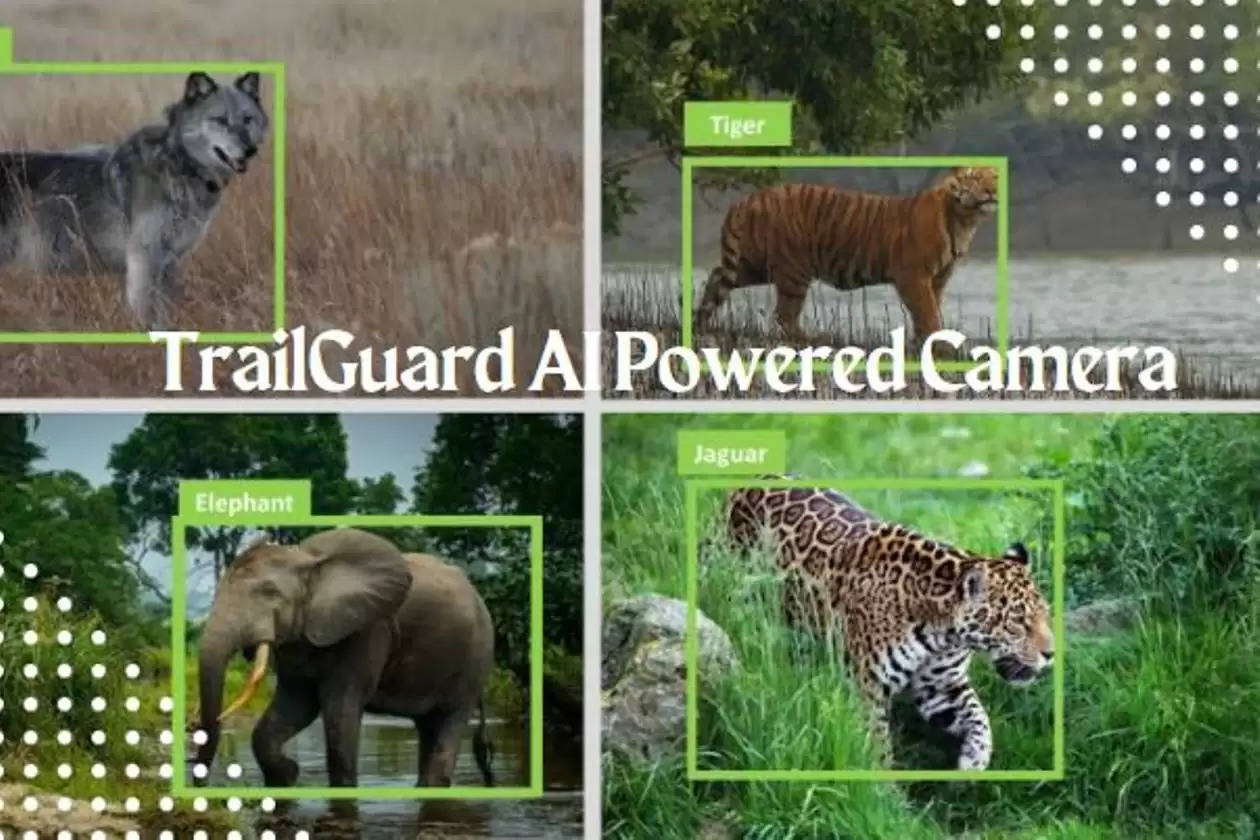AI-powered camera system detects tigers on prowl
This technology have potential to give alerts in 30 Seconds
TrailGuard AI camera
In India, a groundbreaking AI-powered camera alert system has been introduced for the very first time, aimed at fostering peaceful coexistence between tigers and humans. This innovative technology, crafted by TrailGuard AI, possesses the ability to swiftly identify a roaming tiger and promptly transmit images to a mobile phone within just 30 seconds, operating around the clock. The camera system has an impressive capability to transmit over 2,500 images on a single battery charge. A significant advancement in conservation technology was unveiled through a collaborative effort involving the Global Tiger Forum (GTF), National Tiger Conservation Authority (NTCA), Clemson University, and the NGO RESOLVE. Mohnish Kapoor, responsible for program and partnerships at GTF, highlighted that this cutting-edge technology, developed in India, goes beyond merely capturing wildlife images; it also accurately identifies the specific species of interest in real-time.
Wildlife biologists have harbored a longstanding aspiration for an intelligent camera-alert system akin to TrailGuard AI. Such a system could effectively oversee buffer zones near villages, promptly detecting the presence of tigers and other potentially conflict-inducing species and relaying images. India, home to 3,682 tigers, accounts for nearly 75% of the global tiger population. Alarmingly, more than a quarter of these tigers roam outside protected areas, often entering into conflicts with communities residing on the outskirts and buffer zones, resulting in retaliatory actions by villagers.
Beginning in May 2022, TrailGuard AI has been strategically deployed in and around five tiger reserves situated within the highly productive tiger habitats of Kanha-Pench and the Terai-Arc in North India. Prior to its trial testing in India, the innovative technology underwent successful prototyping in Africa over the span of four years. This compact camera-alert system, equipped with AI capabilities, operates with onboard robust computer models that effectively filter out false alarms before transmitting data.
Originally crafted for poacher detection, it evolved significantly by incorporating a new AI algorithm, expanding its capabilities to detect a total of eight output categories: felids, canids, elephants, rhinos, sloth bears, wild pigs, humans, and a comprehensive category encompassing other mammals and large birds.
To join us on Facebook Click Here and Subscribe to UdaipurTimes Broadcast channels on GoogleNews | Telegram | Signal



